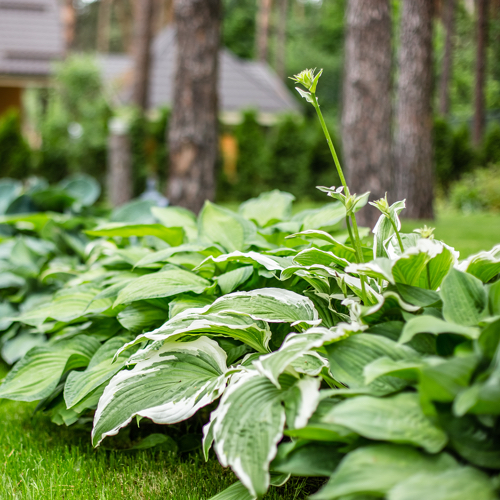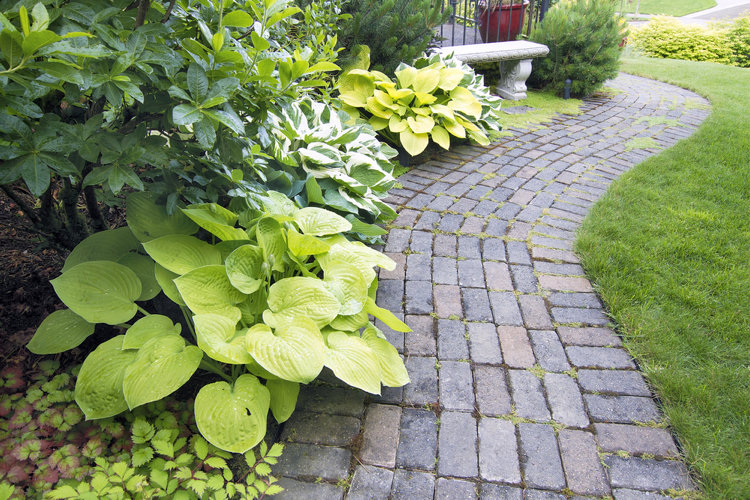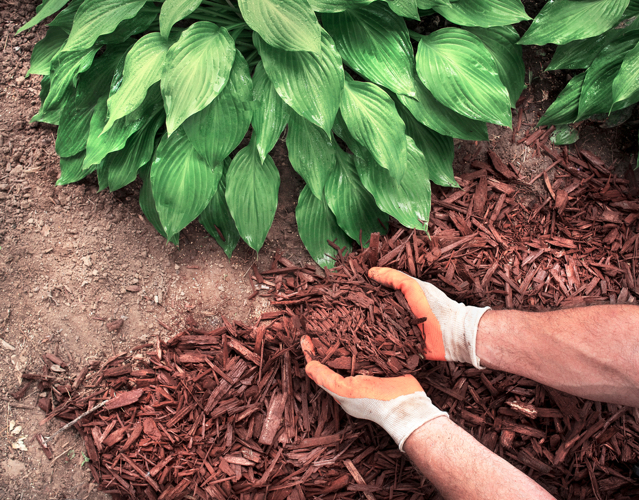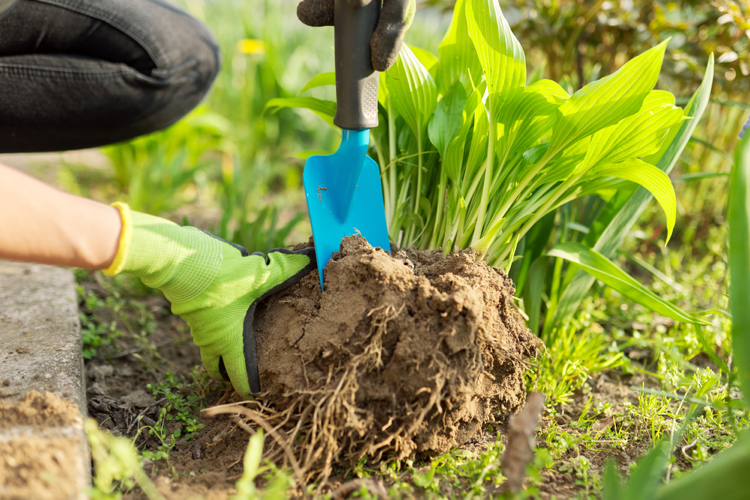
Summer is here, folks, and it’s time to think about planting and landscaping. One of the beautiful old houses my parent’s lived in when I was in college was a 1700s Colonial in New York state and it had the most amazing garden full of hostas. Gwoing up in the south I never knew about these beautiful shade plants until moving up north, and they quickly became one of my all time favorites.
It’s not just me. Hostas are one of the most popular perennials for most homeowners. These plants have about 70 different species and over 3,000 registered varieties, so you have a wide range of options to choose from.
Hostas are perfect for areas that have some shade, as they can easily tolerate it and actually thrive in the shade. That makes them perfect in areas with mature landscaping where little else will grow. The best part about these plants is they come back bigger and better every year and require little to no maintenance besides regular watering.
All About Hostas
These large green plants grow up from the ground about one to three feet with a big bushel of leaves that can be green, gold, yellow, or cream. These plants interbreed so easily that a new cultivar is made every 12 hours! In fact, planting two or three different varieties next to each other in the garden or next to the front steps will end up in cross-pollination and a new variety with ease. Who doesn’t love that kind of variety?

The flowers range from blue and lavender to white and form on long scapes that shoot upwards. The flowers themselves are reminiscent of miniature lilies, usually funnel or bell-shaped. The color depends on the variation and species grown, but these plants are perfect for ground cover in areas with temperate shade and are the ideal low-maintenance plant that will fill out any garden or flowerbed.
Look For a Location with Partial Shade
Hostas do particularly well in partial shade and should be considered as a big part of any shade garden. Check my earlier post The 6 Best Plants For a Shade Garden. They’re hardy plants, but they need protection from the sun’s rays. Look for a spot with lots of sun in the morning and plenty of shade in the afternoon. Giving them some morning sun also helps bring out colors in the leaves and foliage, particularly the golden, and yellow hues.
If you plant in full sun, be prepared to water them regularly. This thirsty plant has big leaves that require tons of moisture, or they will burn in the sun.
Soil Considerations
The soil should be well-draining and capable of providing even moisture. Decide a location based on the variety you’ve chosen; for taller species, be sure they can still receive shade even after they grow tall. They’re also perfect for ground cover since this hardy plant will monopolize the soil and nutrients, keeping pesky weeds from sprouting. Try to pick a spot where they won’t be subject to very high winds, either.
These big green leafy plants are well suited for hardiness zones 3 through 9. They will flourish and thrive in moist soil, but they prefer to grow in damp or average soil that is also slightly acidic, with a pH of about 5.5 to 6.5. These plants require a lot of water, about an inch every week. Try to give them a long, deep watering at least once a week.

Because they require so much moisture, keeping a healthy bed of mulch around the base of hostas can make regular watering more manageable and avoid stressing the plants when they dry out. Watch the leaves for wilting and try to keep the plants moist enough that you avoid this sure sign of stress.
When to Plant
It’s best to plant Hostas in the spring and early summer before it gets too hot. If you want to divide them, this should also be done in the spring. If you’re planting bulbs do this after the last frost and early enough to allow the roots to take hold before the hot summer months. After you’ve loosened the soil to a depth of about a foot, plant bulbs at ground level about a foot or more apart, since they’re big and bushy when mature.
When planting the bulbs, keep a few things in mind. The soil should be tilled and worked to about a foot deep, but the holes where the bulbs go should be at least as deep at the root ball and twice as wide. While it’s OK to plant them about a foot apart, some varieties require more space, even as much as three feet, since they grow to cover such a large area. Check to find out which spacing works best for that particular variety. The roots of these plants spread horizontally, not vertically, which is why they’re perfect for ground cover.
How to Plant the Bulbs
After the root ball is placed gently into the holes, ensure that it’s about level with the ground surface. Fill the hole with light fertilizer or compost, and be sure to water well when first planting. To keep the soil moist, sprinkle mulch around the base. They prefer soil that’s very rich in organic matter, so add compost or fertilizer when planting.
Fertilizer or Compost?
Sure you can buy fertilizer and compost but why not try making your own with a garden composter. That means less trash for the landfill and more food for your hostas. Try to work the compost into the soil about eight to twelve inches deep. Adding this compost every year is vital since this plant is a perennial. It also helps keep the essential nutrients potassium, hydrogen, and phosphorous at adequate levels. Fertilizer should be added about every four to six weeks while leaves are growing.
Spring and Summer Care
It’s essential to cut these bushy plants back after the first frost of the year. They don’t stay green all winter, so cutting them back helps keep your garden or home aesthetically pleasing. Pruning scissors or shears are perfect for this task. After winter has passed, add compost to the soil or fertilizer at the beginning of spring, encouraging them to come back.
Divide These Plants to Promote Growth
After a few years, these plants should be divided. However, they’re very hardy and divide quite easily. Lift the plant gently out of the ground and separate some roots and stems from the main root ball. It’s best to take care of this task in early spring when the leaves are still slightly curled. However, if the plant is healthy enough, it’s fine to divide the plant at any point in summer. Dividing helps keep the plant healthy and makes caring for them much easier.

Since hostas are so easy to divide and cross pollinate, a small investment in a few plants can yield extraordinary variety across your garden over the years. Once the plants are established dividing them helps you grow your garden for free.
With the right soil conditions and some regular watering, these plants will quickly grow and provide excellent ground cover. If you haven’t thought about hostas for your shade garden this year may just be the year.

Founder & Editor-in-Chief
I love old houses, working with my hands, and teaching others the excitment of doing it yourself! Everything is teachable if you only give it the chance.


The toxins glycoside saponins make Hostas poisonous for pets.